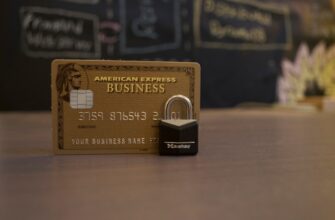Why Encrypt Your Private Key Offline?
If you own cryptocurrency or manage sensitive digital assets, your private key is the ultimate gatekeeper. Encrypting it offline eliminates internet-based hacking risks like malware or phishing attacks. Offline encryption ensures that your key never touches an internet-connected device during the protection process, creating an impenetrable “air gap” security layer. For beginners, this method is crucial because it prevents remote exploitation while you fortify your most valuable digital key.
Understanding Private Keys and Encryption Basics
A private key is a complex string of characters granting access to your crypto wallets or encrypted data. Think of it as a master key to a vault—if stolen, you lose everything. Encryption scrambles this key using algorithms like AES-256, requiring a password (your “passphrase”) to unlock it. Offline encryption means performing this entire process on a device disconnected from Wi-Fi, cellular networks, and Bluetooth. No cloud services, no online tools—just local software on an isolated computer or USB drive.
Step-by-Step Guide: Encrypting Your Private Key Offline
Tools Needed: An offline computer (or live USB OS), encryption software like GnuPG or VeraCrypt, and a USB drive.
- Prepare Your Offline Environment: Disconnect all internet sources. Use a freshly booted Linux live USB (e.g., Tails OS) for maximum security.
- Install Encryption Software: Pre-download tools like GnuPG on another device, transfer via USB, and install offline.
- Generate/Import Your Private Key: Create a new key or transfer an existing one to the offline machine via USB or QR code.
- Encrypt the Key File: In GnuPG, run:
gpg --symmetric --cipher-algo AES256 private-key.txt. Enter a strong passphrase when prompted. - Verify & Store: Test decryption offline using your passphrase. Store the encrypted file on multiple USBs or hardware wallets. Destroy unencrypted key traces.
Best Practices for Offline Key Encryption
- Passphrase Strength: Use 12+ random words (e.g., “horse battery staple correct”)—never personal info.
- Storage Rules: Keep encrypted copies on 2-3 USBs in fireproof safes or bank vaults. Never store passphrases digitally.
- Device Hygiene: Wipe offline machines after use. Avoid reused USBs.
- Verification: Periodically test decryption on offline devices to ensure accessibility.
- Backup Strategy: Use metal plates (e.g., Cryptosteel) for passphrase backups to survive physical damage.
Frequently Asked Questions (FAQ)
Q: Is offline encryption necessary if I use a hardware wallet?
A: Yes! Hardware wallets encrypt keys internally, but adding your own offline encryption creates a critical “passphrase shield” against physical theft.
Q: Can I encrypt keys offline on a smartphone?
A: Not recommended. Phones have hidden background connections. Use an air-gapped computer instead for true isolation.
Q: What if I forget my encryption passphrase?
A: Your encrypted key becomes permanently inaccessible. Store passphrase backups securely—but never digitally.
Q: How often should I re-encrypt my private key?
A: Only when changing passphrases. Focus instead on rotating storage devices every 2-3 years to prevent media degradation.








